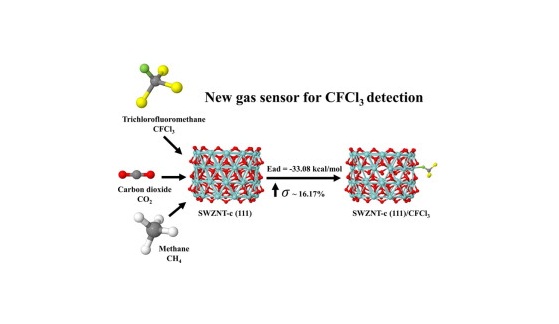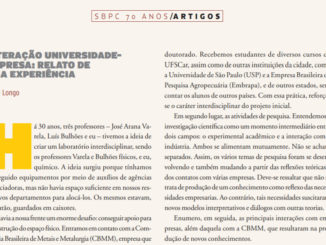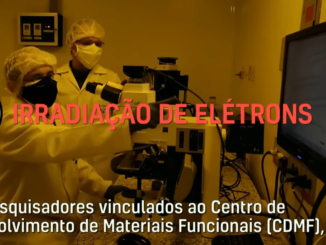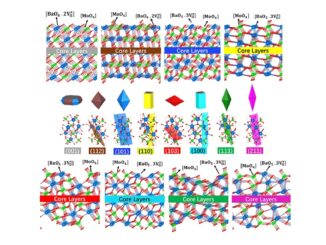
Theoretical study of greenhouse gases on the zirconium oxide nanotube surface
Abstract: Herein, density functional theory was used to investigate the zirconium oxide nanotube (SWZNT-c(1 1 1)) as a possible candidate for detection of greenhouse gases such as CFCl3, CO2 and CH4. The results indicate that SWZNT-c(1 1 1) has an energy gap selectivity for the CFCl3 molecule, increasing its electrical conductivity by ~16.17%. This interaction causes a displacement of LUMO energy, causing the SWZNT-c (1 1 1)/CFCl3 hardness (η) complex to have the greatest decrease, proving the greatest reactivity of CFCl3. Therefore, based in these favorable properties and the lowest adsorption energy imply that the SWZNT-c(111 can be used as a promising CFCl3 sensor.
Author(s): Lobo, J.A.P.; Santos, J.R.; Oliveira, O.V.; Longo, E.; Santos, J.D.
Chemical Physics Letters
Published: 16 April 2020, Volume 745




